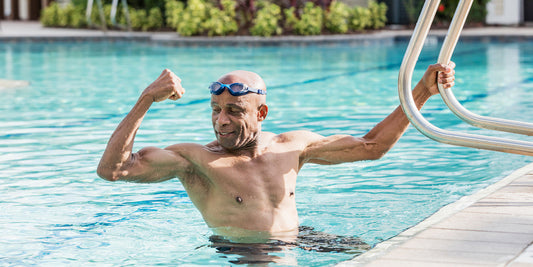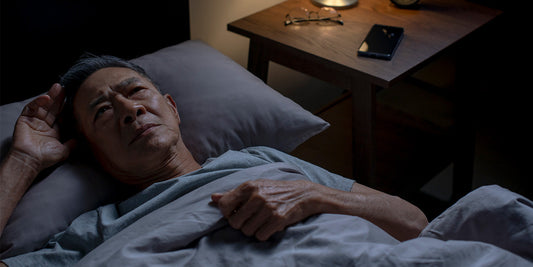Recovery after prostate surgery has several elements, from basic needs like taking care of your wound and managing issues like constipation to more involved ones, like coping with possible post-surgical effects like erectile dysfunction. And while prostate surgery is quite common and generally easy to recover from, there are important things to know about your recovery post-op and how to manage lingering side effects.
It also involves following up with your surgeon as advised to monitor for complications and proper healing, as well as evaluating the success of your treatment for prostate cancer or benign prostatic hyperplasia (enlarged prostate). Easing back into your daily routine after prostate surgery and taking the necessary steps to monitor your health are key to ensuring a smooth and safe recovery process.
What to expect after surgery
After surgery, you may experience some swelling of the scrotum for a week or two. This swelling can be reduced by elevating your scrotum on a rolled-up washcloth when sitting or lying down. Your surgeon may advise you to wear snug underwear. Many patients also experience erectile dysfunction after surgery, especially after surgery for prostate cancer. This is because the nerves that control erections may be injured and take a long time to heal after surgery (up to two years).
To improve blood flow to your penis and enhance your ability to have an erection, your doctor may start you on an oral medication or recommend you use vacuum pumps to help achieve erections.
Post-op rehabilitation tips
Recovery from prostate surgery can bring some quality of life concerns, including short-term urinary issues and sexual problems. Being aware of these possibilities and knowing what you can do to better cope with them can help you both physically and mentally.
Here are a few ways to manage recovery at home post-surgery:
- Maintain a healthy diet (small meals might be best right after surgery)
- Try to do some light exercise
- Do pelvic floor muscle (Kegel) exercises
- Get plenty of rest
- Manage pain with medication
- Expect some incontinence, constipation, and erectile issues
Dealing with erectile issues
Erectile issues are very common after prostate surgery, and can be frustrating to deal with. Men may also experience a decrease in libido due to post-surgical fatigue.
Having a strong support system, talking with your doctor about oral medications and other treatments for symptoms can be helpful. Open communication with your partner is also key to maintaining a sexual relationship post-surgery. For additional guidance on regaining erectile function after surgery, see our post-surgery recovery overview.
For some men, a vacuum pump like VaxAid may be helpful. When used correctly, these pumps create a vacuum around the penis. This vacuum draws blood into the penis, quickly giving the user an erection, with continued use resulting in a long-lasting erection – a completely scientific process. Vacuum pumps are easy to use, and also avoid potential drug interactions and serious side effects from medications and other treatments.
While a necessary surgery, it's normal to be worried over the potential sexual and urinary side effects that may occur from the removal of the prostate gland. Be sure to share your concerns with your healthcare provider and ask them any questions you might have after surgery. Shop our selection of Vaxaid Pumps to see if one might be the right choice for your needs.







